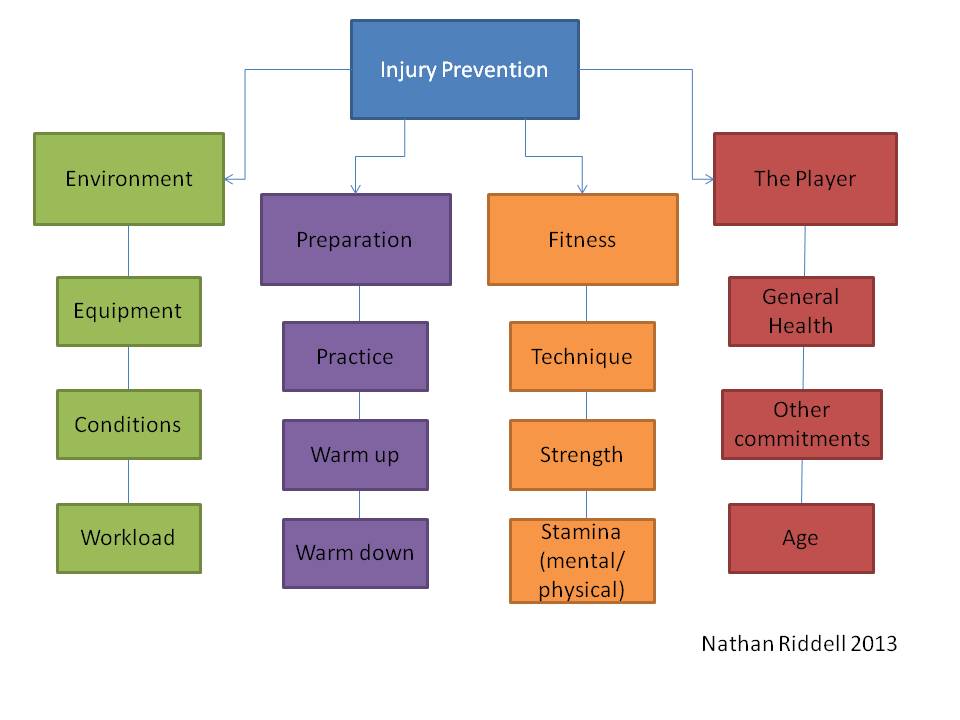Injury
Understanding Injury
 Pain is often an accepted part in the life of a professional instrumentalist yet admitting to this pain can be more threatening to a career than the injury itself. While research is beginning to address the physical problems of musicians in general, it does little to understand the meaning that injury has for working musicians.
Pain is often an accepted part in the life of a professional instrumentalist yet admitting to this pain can be more threatening to a career than the injury itself. While research is beginning to address the physical problems of musicians in general, it does little to understand the meaning that injury has for working musicians.
Numerous surveys are now being undertaken to investigate the prevalence of playing injuries suffered by musicians. Marc Stotijn of Muziekenzorg in the Netherlands estimates that between 75% and 80% of musicians experience musculoskeletal disorders and that on average 66% of musicians play with pain. A significant number of musicians live with physical discomfort for a large part of their careers, they often consult a specialist too late and many resort to alternative techniques because they do not find an effective response from conventional medicine. In a famous study by Fishbein (1998) a significant relationship has also been found between perceptions of occupational stress and the number of physical and psychological ailments.
Discussion about the physical problems experienced by musicians is gradually opening up, due in part to the pioneering work of Carol Grindea in setting up the International Society for the Study of Tension in Performance ISSTIP (www.isstip.org). BAPAM (www.bapam.org) have been instrumental in establishing centres throughout the UK where musicians can see physicians who are experienced in the physical problems specific to musicians. The introduction by the Association of British Orchestras (www.abo.org.uk) of the Healthy Orchestra Charter means that orchestral managements tend to be more aware of the health and wellbeing of players. This is good news for players on contract who are now given more support during the stages of injury recovery and return to work. Consequently a higher percentage of contract musicians feel able to discuss the physical stress involved in playing . This is not always true for the vast numbers of freelance players for whom the stress of ‘being only as good as your last gig’ creates enormous amounts of physical and psychological pressure. Musicians frequently cover up injury for as long as possible due to fear of losing work and professional standing.
Focal Dystonia
Focal Dystonia deserves a special mention because despite considerable work into the understanding of its causes and treatment, so little is really known about it. It is called ‘focal’ because symptoms are localised in a particular part of the body. The most common symptoms are involuntary finger movements for pianists and string players and facial tremors for wind players. Treatment of dystonia is very much a developing area. The dystonia society (www.dystonia.org.uk) has been set up to offer specialist help and support groups for sufferers.
Recovery from Injury
The psychological aspects of injury are rarely talked about. Inability to play is also an inability to communicate emotionally which can cause depression and low self confidence. Little attention is given to the difficulties of returning to work after injury. For instance, there can be feelings of technical uncertainty which can lead to performing anxiety, or after a long period of absence, feelings of isolation from colleagues and the profession. However, on a more positive note, injury can also stimulate greater self awareness and insight into the self as a person and a musician.
Other useful information
Applications for financial help in dealing with the physical and psychological impact of injury can be made to:
Helpmusicians (www.helpmusicians.org.uk)
Royal Society of Musicians (www.royalsocietyofmusicians.co.uk)
Playing (Less) Hurt: An Injury Prevention Guide for Musicians [Paperback] – Hal Leonard, Janet Horvath (2010)
Why they are not Smiling: Stress and Discontent in the Orchestral Workplace – Harmony II, Levine and Levine (1996)
Recovery from Focal Dystonia – Music and Health, M.Houston (2005)

Leave a Reply